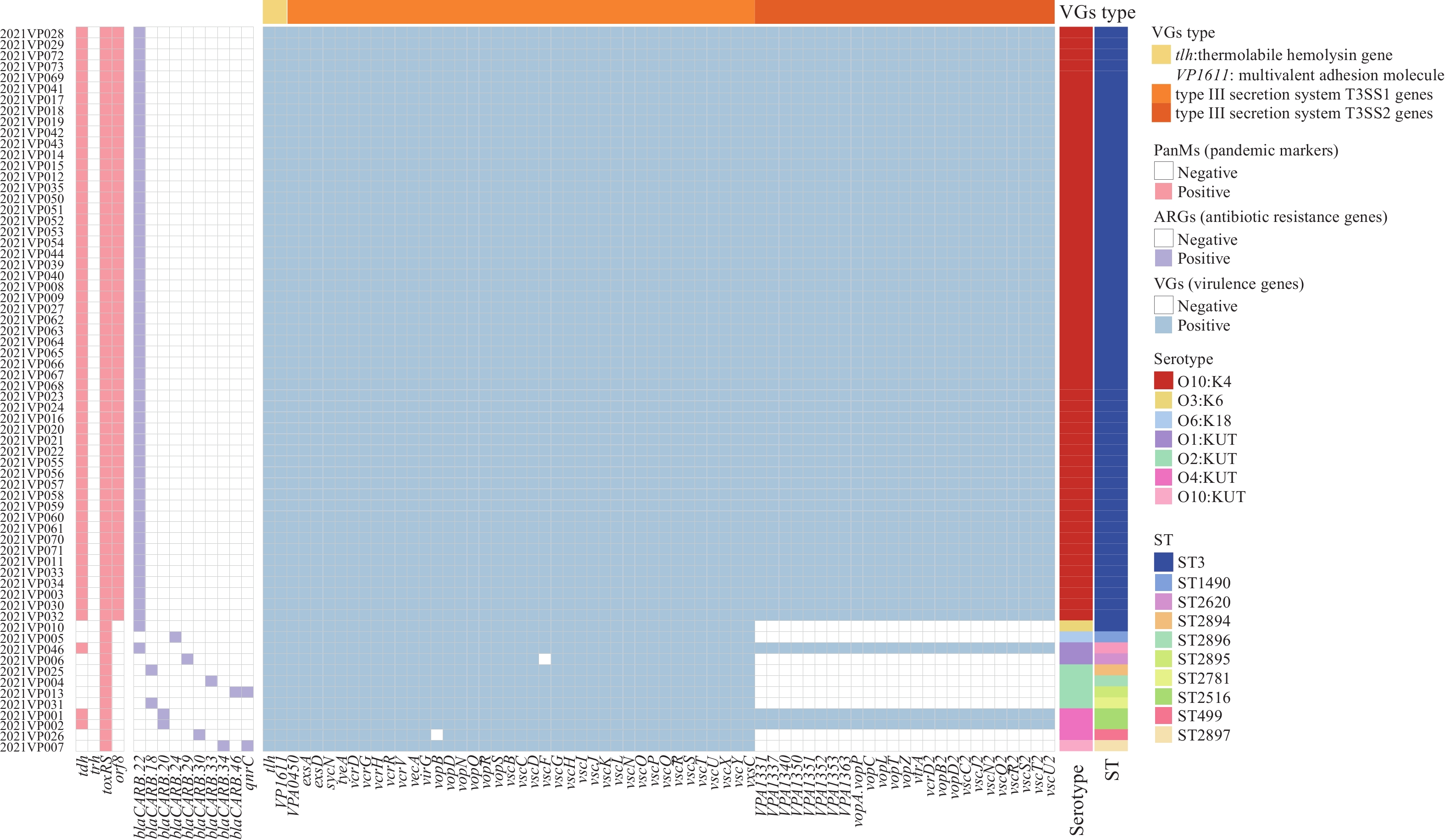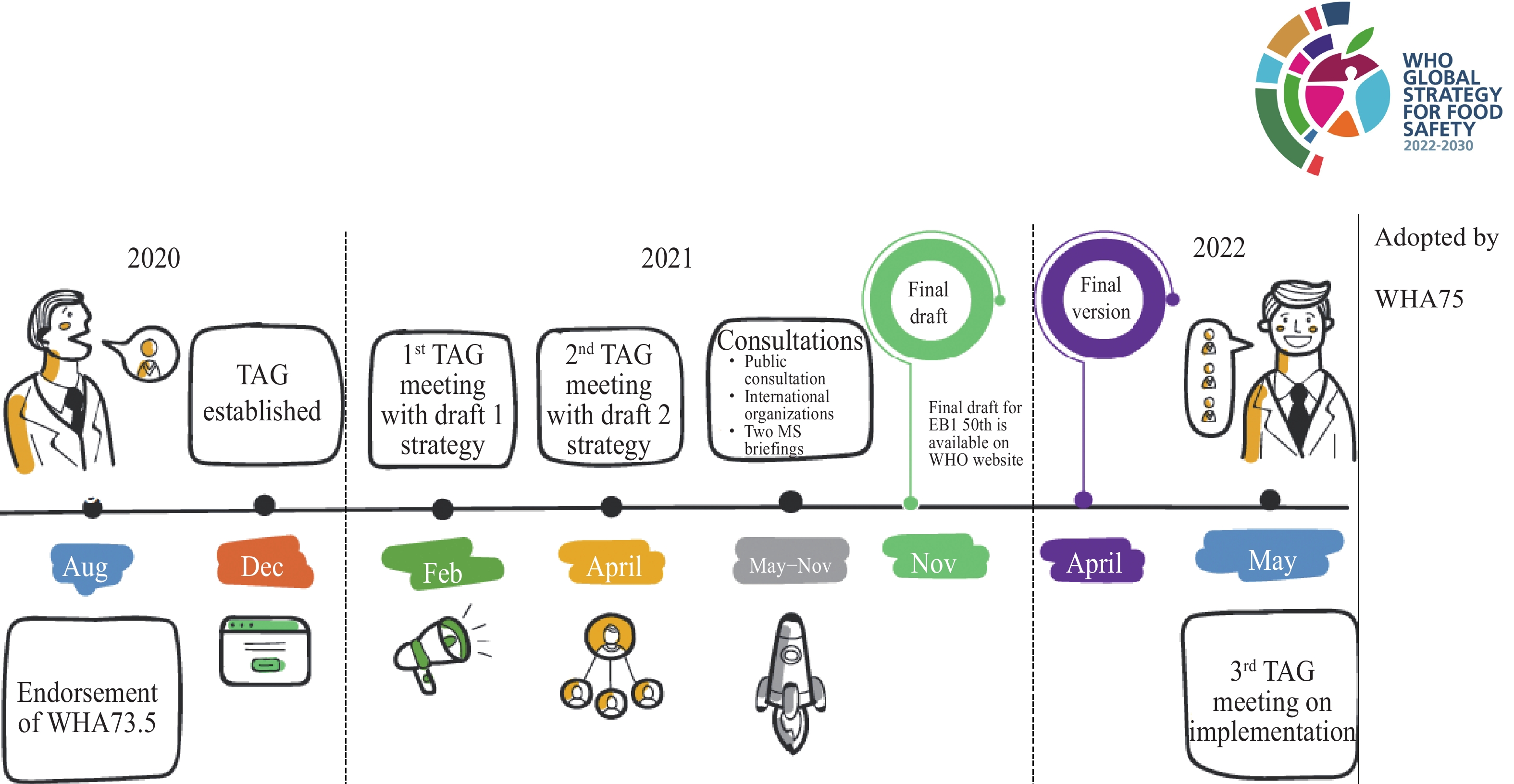2022 Vol. 4, No. 22
Current evidence shows that coronavirus disease 2019 (COVID-19) is neither a food safety issue nor a foodborne disease. However, the outbreaks of this disease in workers of meat- or poultry-processing plants and food markets have been reported in many countries. Systematic reports on severe acute respiratory syndrome coronavirus 2 (SARS-CoV-2) contamination in food-related samples worldwide are lacking so far. This study aimed to survey and monitor SARS-CoV-2 contamination in samples of foods or their packaging, storage environment, and employees, as well as explore the possible potential for virus transmission via frozen foods.
Swabs of frozen food-related samples were collected between July 2020 and July 2021 in 31 provincial-level administrative divisions (PLADs) and Xinjiang Construction Corps in China. The SARS-CoV-2 RNAs were extracted and analyzed by real-time quantitative polymerase chain reaction using the commercially available SARS-CoV-2 nucleic acid test kit.
More than 55.83 million samples were analyzed, and 1,455 (0.26 per 10,000) were found to be positive for SARS-CoV-2 nucleic acid. Among the virus-positive samples, 96.41% (1,398/1,450) and 3.59% (52/1,450) were food/food packaging materials and environment, respectively. As for 1,398 SARS-CoV-2-positive food and food packaging materials, 99.50%, (1,391/1,398) were imported and 7 were domestic. The outer packaging of food was frequently contaminated by the virus 78.75% ( 1,101/1,398).
Our study supported speculation that cold-chain foods might act as the SARS-CoV-2 carrier, and food handlers/operators were at high risk of exposure to the virus. It is necessary to carry out a comprehensive mass testing for SARS-CoV-2 nuclei acid, along with contact tracing and symptom screening in cold-chain food handlers and processors so as to identify high proportions of asymptomatic or pre-symptomatic infections. Meanwhile, research and development of effective self-protection equipment available at a temperature below −18 ℃ is urgent.
Vibrio parahaemolyticus (V. parahaemolyticus) is a common foodborne pathogen which causes gastroenteritis in humans, especially the O3:K6 pandemic clone which is still a prominent serotype in Beijing, China. In this study, we observed a novel serotype O10:K4 isolated from clinical diarrhea cases, which became the most prevalent clone in 2021.
73 clinical isolates were collected through sentinel hospitals’ surveillance in 2021. Serum agglutination testing and antimicrobial susceptibility testing were conducted. Whole genome sequencing was applied to characterize 73 V. parahaemolyticus strains and complete phylogenetic analysis.
Seven serotypes were identified among 73 strains. O10:K4 was the most common serotype (83.6%), followed by O2:KUT, O4:KUT, and O1:KUT. Multilocus sequence typing divided the 73 isolates into 10 sequence types (STs) with ST3 as the most prevalent, which covered all O10:K4 strains. Most isolates were sensitive to common antimicrobial agents apart from colistin. All the O10:K4 isolates were positive for the thermostable direct hemolysin gene, toxRS/new, and orf8, and negative for the TDH-related hemolysin gene. The whole genome sequencing-single nucleotide polymorphism phylogenetic analysis revealed O10:K4 strains formed a main genetic lineage, which was genetically distinct from other serotypes. We also demonstrated the presence of two type III secretion system genes (T3SS1 and T3SS2) and β lactamase resistance gene blaCARB-22 in all O10:K4 strains.
The study confirmed the emergence of V. parahaemolyticus O10:K4 possessing virulence factors similar to the O3:K6 pandemic clone, which may have enabled them to become prevalent in Beijing, China.
Severe acute respiratory syndrome coronavirus 2 (SARS-CoV-2) RNA contamination was reported on China’s imported frozen foods and packaging materials. However, there was no evidence of this disease initiated by environment-to-human transmission until the outbreak of coronavirus disease 2019 (COVID-19) in Beijing in June 2020. This article aimed to analyze and summarize COVID-19 outbreaks related to cold-chain foods to provide a scientific basis for tracing the epidemiological trajectory of the pandemic, providing risk assessments, and mitigation policies. Overall, 37 COVID-19 outbreaks and 5,741 infected cases were reported within the study period. It was found that 7 outbreaks and 689 cases were linked to imported frozen foods. The first index case among the 7 outbreaks was exposed to SARS-CoV-2-contaminated outer packaging of frozen food, triggering the subsequent community transmission. This study supported the speculation that cold-chain foods act as a pathway for SARS-CoV-2 and might present a risk for virus transmission between countries and regions. Handlers and processors exposed to the imported frozen foods should be effectively self-protected, daily monitored for clinical manifestations of COVID-19, and tested for SARS-CoV-2 nucleic acid at regular intervals.



 Subscribe for E-mail Alerts
Subscribe for E-mail Alerts CCDC Weekly RSS Feed
CCDC Weekly RSS Feed
